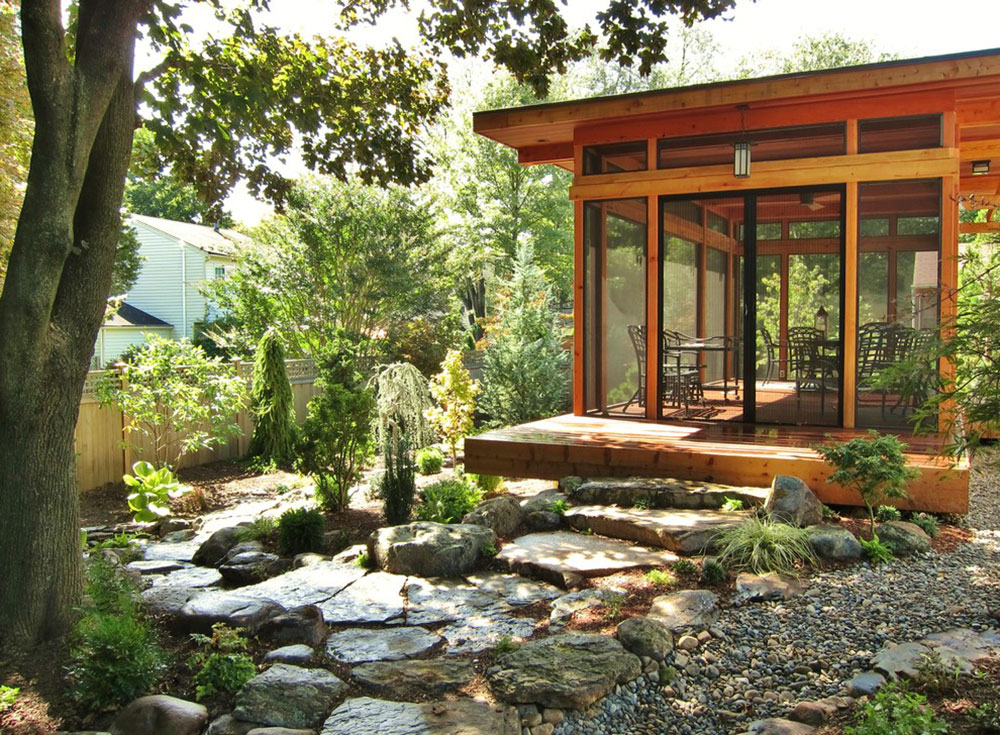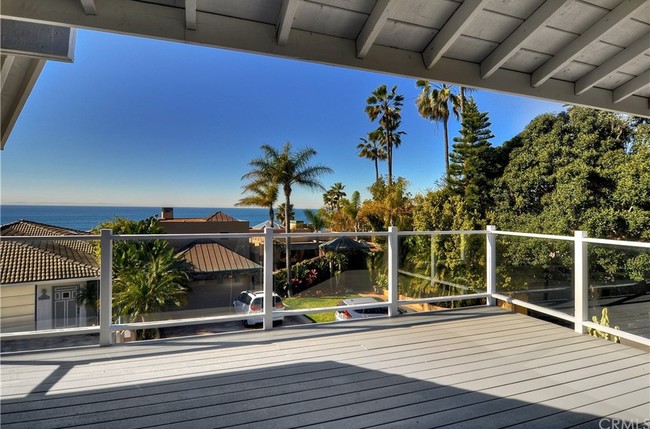Table of Content
Technically, all you need is some sand, stones, and an idea to get started. Zen gardening is all about instilling peace and tranquility in its visitors and caretakers. You can adopt this mindset for your garden, whether you choose to transform your entire backyard into a dry landscape or only to include small elements of Japanese design. If you’re familiar with the art of bonsai, then you already know a bit about miniature zen gardening. Many people also practice mindfulness using arrangements of succulents and moss. In modern contexts, zen gardens and sculpture tend to go hand-in-hand.
You can always stock the pond with native plant life and call it a day. You can also treat the pond as a natural watering hole for the local wildlife — you won’t need koi fish when the birds, insects, and other critters come to pay a visit. For a standout addition to a garden or even a small patio space, this vintage bathtub is a true gem.
Zen Garden
Free-form, on the other hand, has become more popular in modern times. This organic form fits more seamlessly into the surrounding landscape and allows for a bit more creativity. Hedges and sharp curves might hide or reveal parts of the garden from different vantage points. But if your space is limited, you may need to think strategically for the most compact design.
For the hard-to-please friend—or the proverbial pal who has everything—this fish-shaped pitcher will make the perfect new-home companion. It’s made of durable stoneware and comes in a kaleidoscope of different colors. Choose low, creeping plants over lush, showy species, and keep flowers to a minimum. Consider how the plants might fit into the landscape you are creating; for example, a hedge can be pruned to suggest low mountains or rolling hills. All plants should go around the outside of the gravel, with the exception of a few jutting peninsulas, if you have a free-form garden. Many people start introducing things such as ponds into Zen gardens but this is going beyond the principles.
Water Feature
And with a run time of 30 minutes per charge, the Tineco S11 should be more than sufficient for daily duties. The lightweight vac is also compact, making it an especially thoughtful gift for anyone living in a small space. Sand – Fine grain sand show patterns better, but you can also add a fun twist with colored sand. It may take a bit of work to put together, but your new zen garden will provide a calm, meditative space for you to relax in for years to come.
You can achieve the look by lining the water with stacked rocks and incorporating plenty of aquatic plants. If you prefer a manicured style, go with a sleek, geometric-shaped pond instead. If you want to give your Zen garden ideas an old-world vibe, then learning how to grow ferns is a good place to start. They're a lovely way to soften hard textures and create a cooling, woodland feel. Marcus Eyles, Horticultural Director of Dobbies Garden Centres suggests opting for hardy evergreen types – including slow-growing tree ferns, hart's-tongue fern and wood fern .
How to Make a Zen Garden on a Budget
There are lots of ways to personalize your mini zen garden and create a custom look. If you’re giving this as a gift, you can get sand in the recipient’s favorite color or include meaningful stones and accessories in the garden. You can also use your zen garden to represent a setting that is personally peaceful to you. If you like the beach, you can use cleaned seashells from instead of stones. We created three different mini zen gardens below to help you find inspiration for your garden.

Yet famous examples of 16th century Japanese gardens don’t feature any sculptures at all. These gardens were, however, quite often near Buddhist Zen temples. But if you want to enjoy the peaceful tranquility of nature in your own backyard, here are some zen garden ideas that will help you along the way. Another more simple way to create pockets of interest for your Zen garden ideas is to arrange miniature rockeries alongside your path, lawn, or gravelled space. Pick complementary tones and add a mixture of textures for visual appeal that mirrors the natural environment. To recreate the authentic look, add a dedicated gravel area to your plot, perhaps with a border of larger rocks.
Stone structures are perfect for your Zen Garden, as they not only blend into the landscape, but they add symbolism as well. One of the best ways to make a Zen Garden is to work with the elements that already exist in the landscape to create a beautiful and cohesive aesthetic rather than work against them. With Zen Gardens being all about symbolism, koi fish are a great addition to make. Red fish represent positivity, and golden koi stand for prosperity. If you decide to include a pond, a koi pond may just be the way to go!

What better way to contain your vegetable garden harvest than with a handmade birch basket? The long curved handle makes for easy carrying and the wire mesh shows off any fruits, veggies, or flowers, making this our top choice for a thoughtful gift. When your garden isn't in season, use the basket as a table centerpiece or produce holder on your counter.
You might not realize it, but you don’t need to look far to find modern home design directly influenced by Asian architecture. So it makes sense that the two would work perfectly together in a modern-inspired zen garden. Stone garden decor goes quite well with the zen garden aesthetic that we know today. Try using a stone lantern to light your garden pathway rather than a metal or plastic one. Fountains, birdbaths, and ornamental sculptures are other great options. Although Zen garden ideas tend to stick to simple palettes of natural stones and green foliage, a well-considered pop of color here and there can add a pleasing touch.

Plants are shown to have lots of benefits to our health and well-being, just like mini zen gardens. Engaging in these activities is a great way to clear our minds and reflect on our thoughts. Since classic zen gardens are entirely dry, you may even see full-scale versions installed indoors. These gardens may consist solely of raked sand and stone, or they can include living varieties of evergreens, moss, and air plants.






















